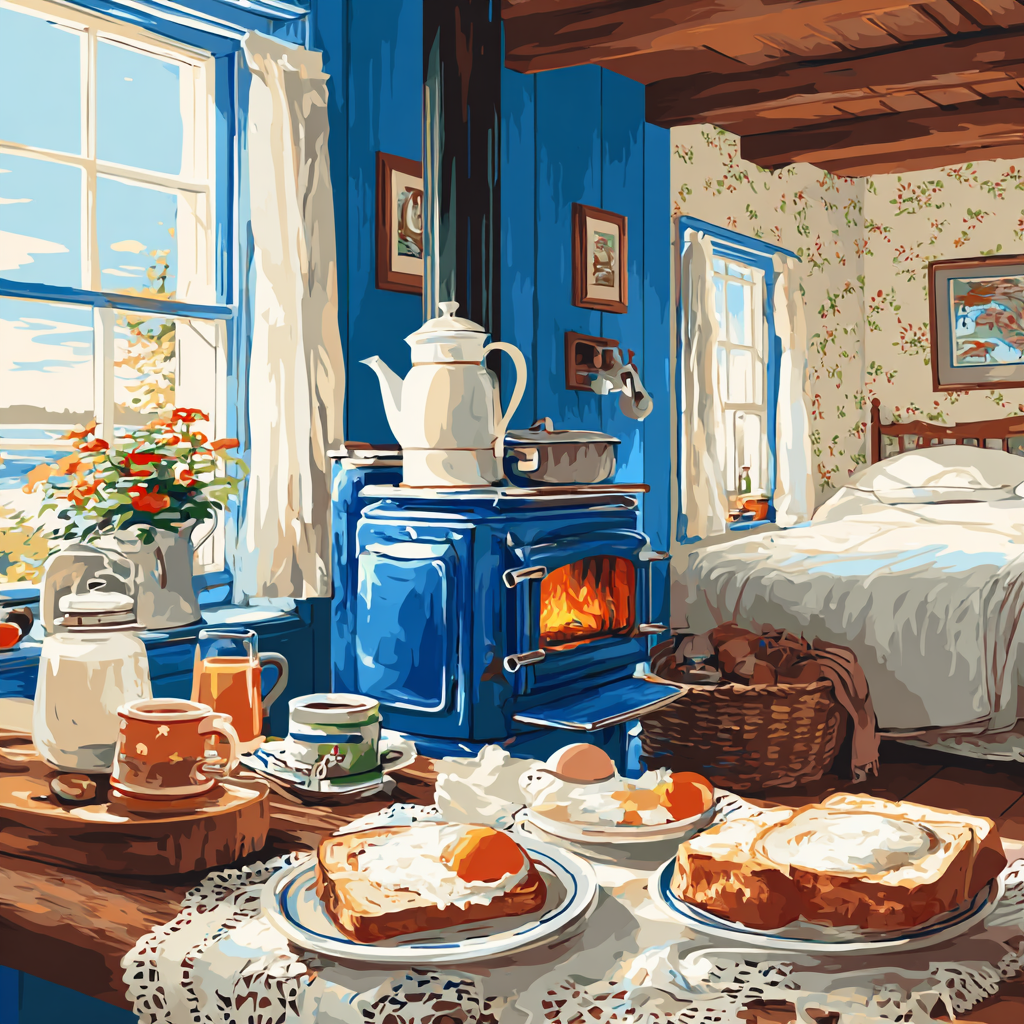
“The true sign of intelligence is not knowledge but imagination”.
– Albert Einstein
In 1811, whilst most women of her station were confined to drawing rooms and needlework, Sarah Guppy stood at her writing desk, sketching blueprints for a bridge that would span the River Avon. The morning light filtering through her Bristol windows illuminated pages covered with careful calculations and graceful lines—a suspension bridge formed by strong metallic chains, anchored by timber piles, elegant enough to complement the landscape yet practical enough to withstand the river’s moods.
She would become the first woman in recorded history to patent a bridge, years before the celebrated names of Brunel or Telford graced engineering drawings. Yet Sarah’s legacy would be tucked quietly into the margins of history, her brilliance overshadowed by louder, better-remembered men.
Still, the chains she imagined stretched farther than iron could reach. They linked the domestic with the revolutionary, the practical with the poetic.
Roots in Birmingham Clay
Born Sarah Maria Beach in 1770 Birmingham, she grew up in a merchant household where curiosity was encouraged rather than stifled. The industrial heart of England beat around her childhood, filling the air with coal smoke and the ring of hammers on metal. Her marriage to Samuel Guppy, an industrialist with a copper-nail factory, brought not only partnership but proximity to invention.

Whilst other women of her circle embroidered samplers and planned tea parties, Sarah reviewed engineering contracts and studied the mechanics of her husband’s trade. She managed six children with the same methodical attention she applied to her inventions, contributed generously to charitable causes, and still found time to write Dialogues for Children, a pamphlet that helped fund local education.
Hers was a mind forever balancing household accounts with ship design, nursery rhymes with naval supplies. During the Napoleonic Wars, she successfully negotiated contracts with the Admiralty for her husband’s factory, her sharp business sense earning their family considerable wealth whilst Britain’s ships depended on Samuel’s copper nails.
The Chains of Innovation
On 27 July 1811, the Bristol Journal reported Sarah Guppy’s most ambitious idea: a bridge formed by strong metallic chains, suspended across riverbanks and secured by timber foundations. Crucially, her design avoided the flood risks posed by traditional stone arches that blocked the natural flow of water.
In an act of remarkable generosity, she gifted this design freely to Thomas Telford, allowing him to use her principles without paying the £480 patent fee. Telford’s Menai Suspension Bridge, which stands today as one of Britain’s engineering marvels, was built upon the foundation Sarah had sketched quietly in her study.

“Strong metallic chains supporting a platform for road or pavement,” reads her patent description—words that would reshape how engineers thought about spanning great distances.
Because women could not file patents independently, Sarah’s innovations were registered under her husband’s name, yet another layer of invisibility wrapped around her contributions.
Beyond Bridges: A Mind Unbound
Sarah’s imagination did not rest with bridges alone. Over her lifetime, she designed nearly ten patented inventions, each one a study in intelligent domesticity and elegant utility.
Her tea urn could boil eggs and toast bread using steam—a marvel of efficiency for the busy household. She created a multi-functional bed equipped with pulleys and steps, allowing invalids to exercise safely from their chambers. Her novel caulking method for Royal Navy ships secured a £40,000 contract, keeping Britain’s fleet seaworthy during turbulent times.
She designed a fire hood to prevent chimney accidents, a long-burning candlestick that would not gutter in draughts, and devices to improve the welfare of sheep on windswept farms. Each creation danced between the mechanical and the maternal, born from careful observation rather than academic theory.

The Gathering Place
Sarah’s home at Arnos Vale became a salon of sorts, where ideas flowed as freely as tea from her ingenious urn. Her eldest son, Thomas Richard Guppy, worked alongside the young Isambard Kingdom Brunel, and it is said that Brunel himself lodged at her residence for a time, even sketching her portrait—a quiet acknowledgement, perhaps, of her design sensibility.
What conversations passed between them during those evening hours? What sketches might Sarah have shared over tea, her experienced eye guiding the young engineer’s ambitious dreams? When Brunel later turned his attention to the Clifton Suspension Bridge, Sarah’s early concepts lingered in the background, as silent and persistent as the mist above the Avon.
She once invested £5,000 in the Great Western Railway and advised on planting poplars and willows to stabilise railway embankments—her practical mind always seeking solutions to the challenges of progress.
Shadows and Resilience
After Samuel’s death in 1830, Sarah’s life shifted like sand in an hourglass. In 1837, she remarried Charles Eyre Coote, a younger man whose charm masked extravagant habits. His gambling gradually eroded much of her carefully accumulated fortune, yet not her resolve.
She planted a garden sanctuary opposite her Clifton home, continued inventing well into her seventies, and advocated tirelessly for social welfare. Her papers on the humane treatment of sheep, her proposals for improving conditions of domestic servants, and her continued patents demonstrated a mind that refused to be dimmed by personal misfortune.
She died in 1852, not with riches or fanfare, but with a legacy woven quietly into the fabric of her era’s progress.
A Gentle Legacy
Sarah Guppy represents more than an overlooked footnote in engineering history. She embodies the quiet forces that shape our world—the unacknowledged minds that bridge not only rivers but centuries, connecting us to possibilities we have yet to imagine.
Her story whispers questions that linger long after the telling. How many brilliant women worked in similar shadows, their contributions absorbed into the achievements of others? What innovations might have flourished had recognition been given where it was due?

In our own time, as we cross suspension bridges and benefit from countless domestic conveniences, we might pause to wonder about the hands that first sketched these possibilities. Sarah’s bridges were not merely spans of iron and stone—they were connections between what was and what could be, built with imagination as much as engineering.
Her life reminds us that genius often thrives in the spaces between recognition and obscurity, and that the most enduring innovations sometimes spring from the marriage of practical necessity and boundless imagination.
If you find yourself in Bristol, you might visit St Andrew’s Churchyard in Clifton, where Sarah rests beneath a simple stone. Her memorial speaks not of patents or profits, but of a life lived with purpose—a fitting monument to a woman who built bridges long before the world knew it needed them.
Sarah Maria Guppy lived from 5 November 1770 to 24 August 1852. Her suspension bridge patent, filed 27 July 1811, influenced designs still used today. She lies buried in Clifton, Bristol, her inventions outlasting both fortune and fame.
